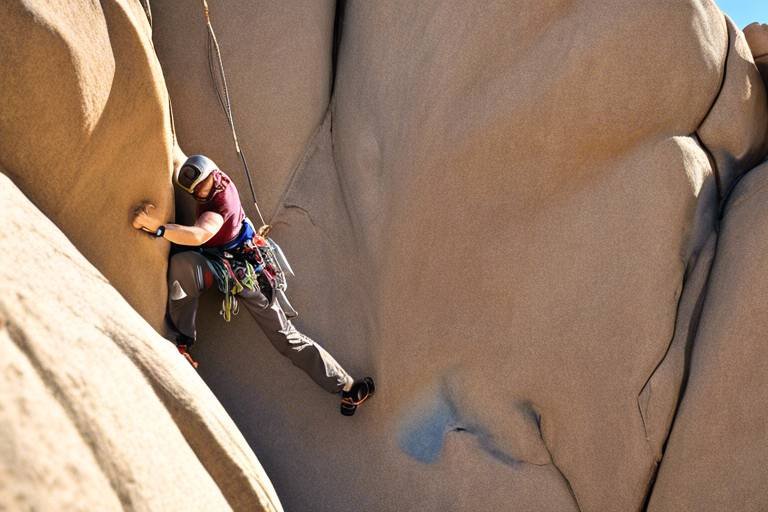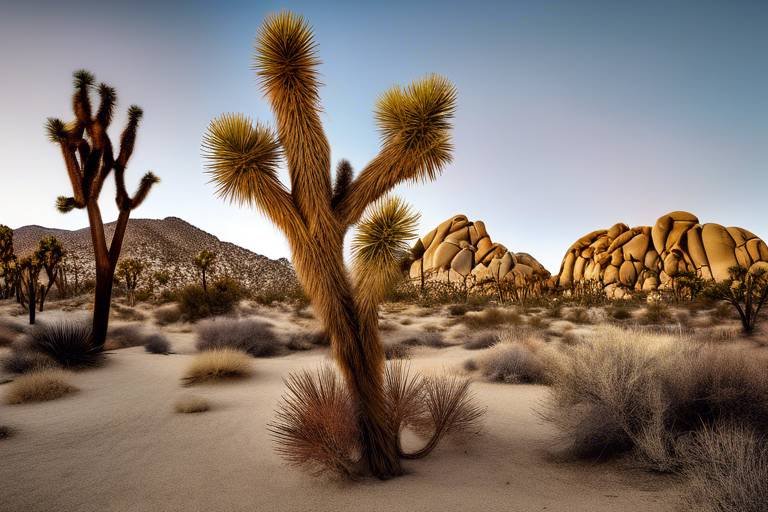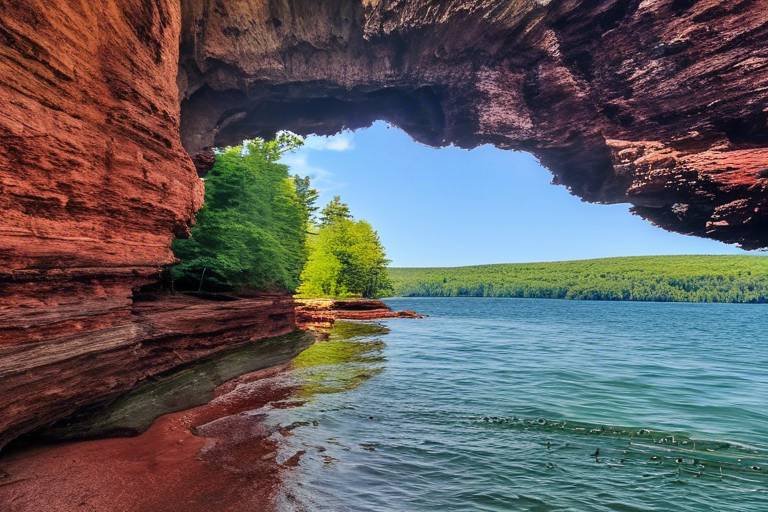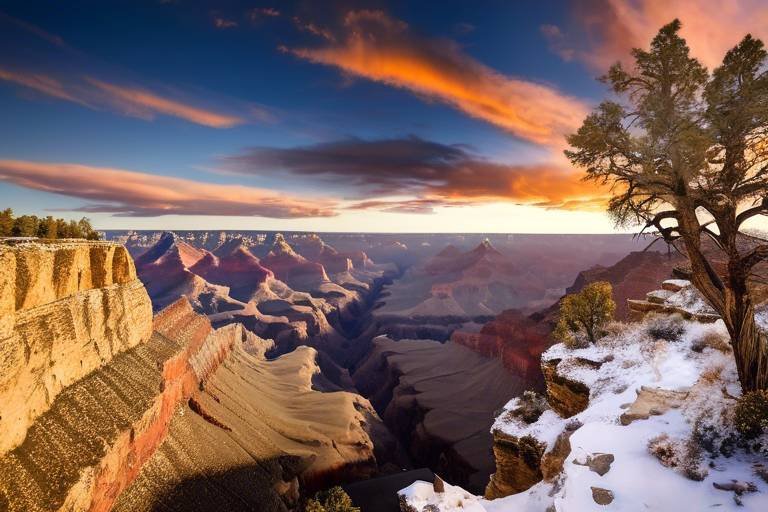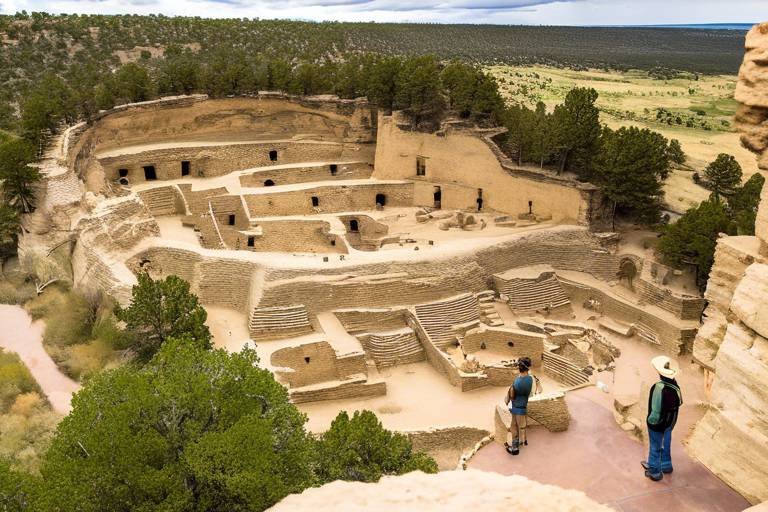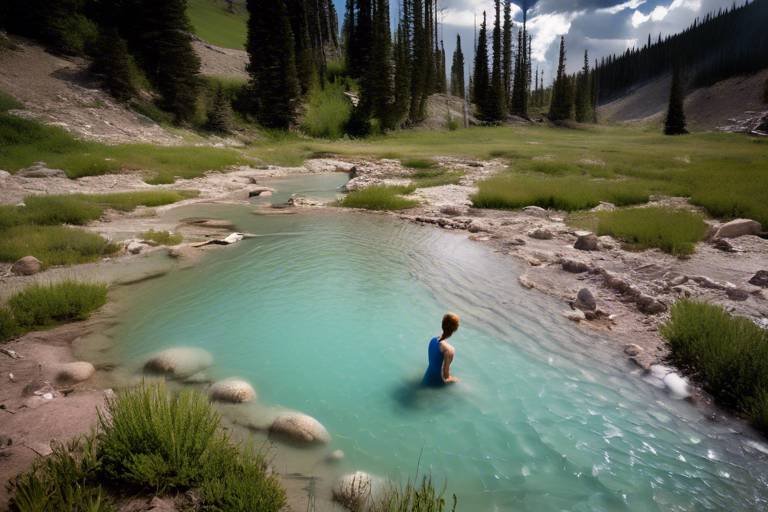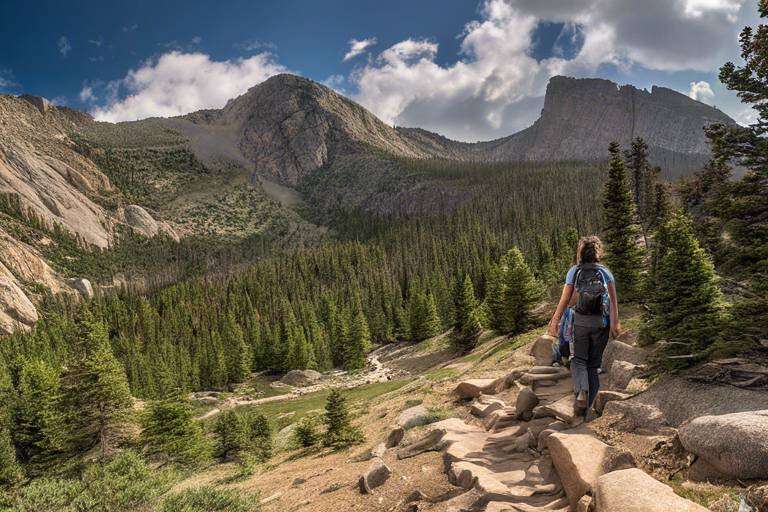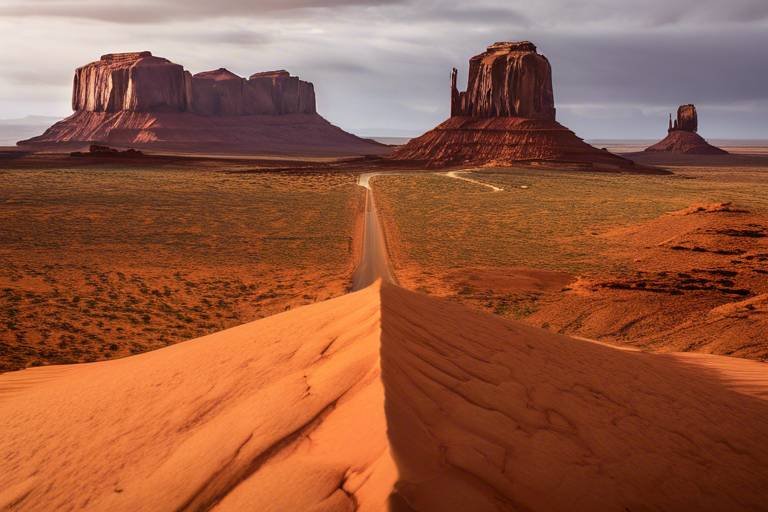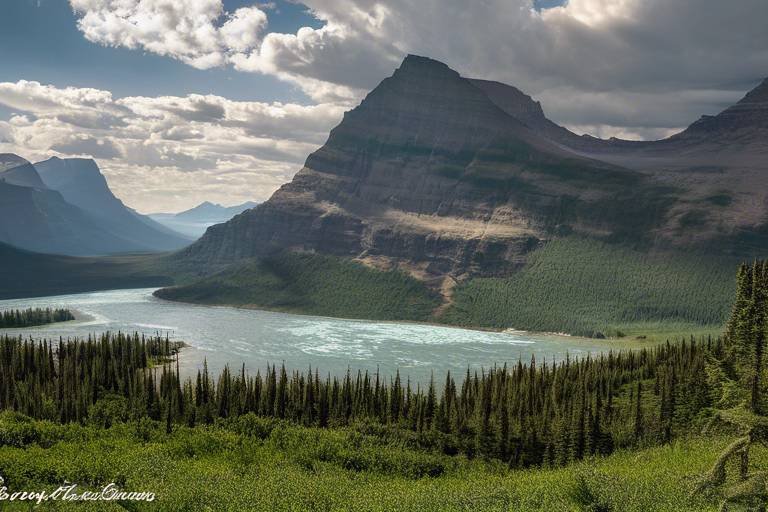Exploring the Unique Flora of the Desert Southwest
The Desert Southwest region of the United States is a botanical wonderland, boasting a rich tapestry of unique flora that has adapted to thrive in the harsh and arid landscapes. From the towering saguaro cacti to the resilient Joshua trees, this region is home to a diverse array of plant species that have evolved fascinating adaptations to survive in low-water conditions.
One of the most remarkable aspects of the flora in the Desert Southwest is the myriad of adaptations that plants have developed to thrive in arid environments. Succulent plants store water in their fleshy tissues, while deep root systems allow them to tap into underground water sources. Drought tolerance is a common trait among desert plants, enabling them to withstand prolonged periods of water scarcity.
Among the iconic plant species that define the flora of the Desert Southwest are the saguaro cactus, with its towering arms reaching towards the sky, the Joshua tree with its unique silhouette against the desert horizon, the striking ocotillo with its spiny stems, and the vibrant prickly pear cactus with its colorful pads and flowers.
Endemic plant species, found exclusively in the Desert Southwest, play a crucial role in the local ecosystem and contribute to the region's biodiversity. These plants are uniquely adapted to the specific environmental conditions of the area, making them essential for maintaining the delicate balance of the desert ecosystem.
Indigenous peoples have long relied on desert plants for their medicinal and cultural significance. These plants have been used for centuries as remedies for various ailments, sources of food, and materials for crafting tools and shelter. The traditional knowledge surrounding desert flora is a valuable part of the region's cultural heritage.
Despite their resilience, desert plants face a range of threats, including habitat destruction, climate change, invasive species, and unsustainable harvesting practices. Conservation efforts are crucial in safeguarding the unique flora of the Desert Southwest for future generations.
Conservation initiatives such as habitat restoration projects, seed banks for rare plant species, and public awareness campaigns are essential in protecting the fragile desert ecosystem. By promoting sustainable practices and advocating for the preservation of native plants, conservationists are working to ensure the continued survival of desert flora.
Botanical gardens, nature reserves, and protected areas in the Desert Southwest serve as vital sanctuaries for showcasing the region's diverse plant life. These spaces not only provide opportunities for education and research but also play a key role in raising awareness about the importance of preserving the unique flora of the region.
As we look to the future, it is imperative to consider the challenges facing desert flora and the importance of implementing sustainable practices to ensure their survival. By supporting conservation efforts and embracing environmentally responsible behaviors, we can help protect the precious botanical heritage of the Desert Southwest for generations to come.

Adaptations to Arid Environments
When it comes to surviving in the harsh arid environments of the Desert Southwest, plants have developed remarkable adaptations to ensure their existence. One of the most common adaptations is succulence, where plants store water in their fleshy tissues to withstand long periods of drought. This feature allows them to thrive in low-water conditions by utilizing their stored water reserves efficiently.
Furthermore, desert plants have evolved deep root systems that extend far below the surface to access underground water sources. These extensive roots help plants absorb as much water as possible, even in the driest of conditions. By reaching deep into the earth, plants can tap into hidden water reservoirs, ensuring their survival in arid landscapes.
Another crucial adaptation seen in desert flora is their drought tolerance. These plants have developed mechanisms to minimize water loss through specialized structures like waxy coatings on their leaves or modified stomata that reduce moisture evaporation. By conserving water effectively, desert plants can endure prolonged periods of drought without compromising their growth and development.
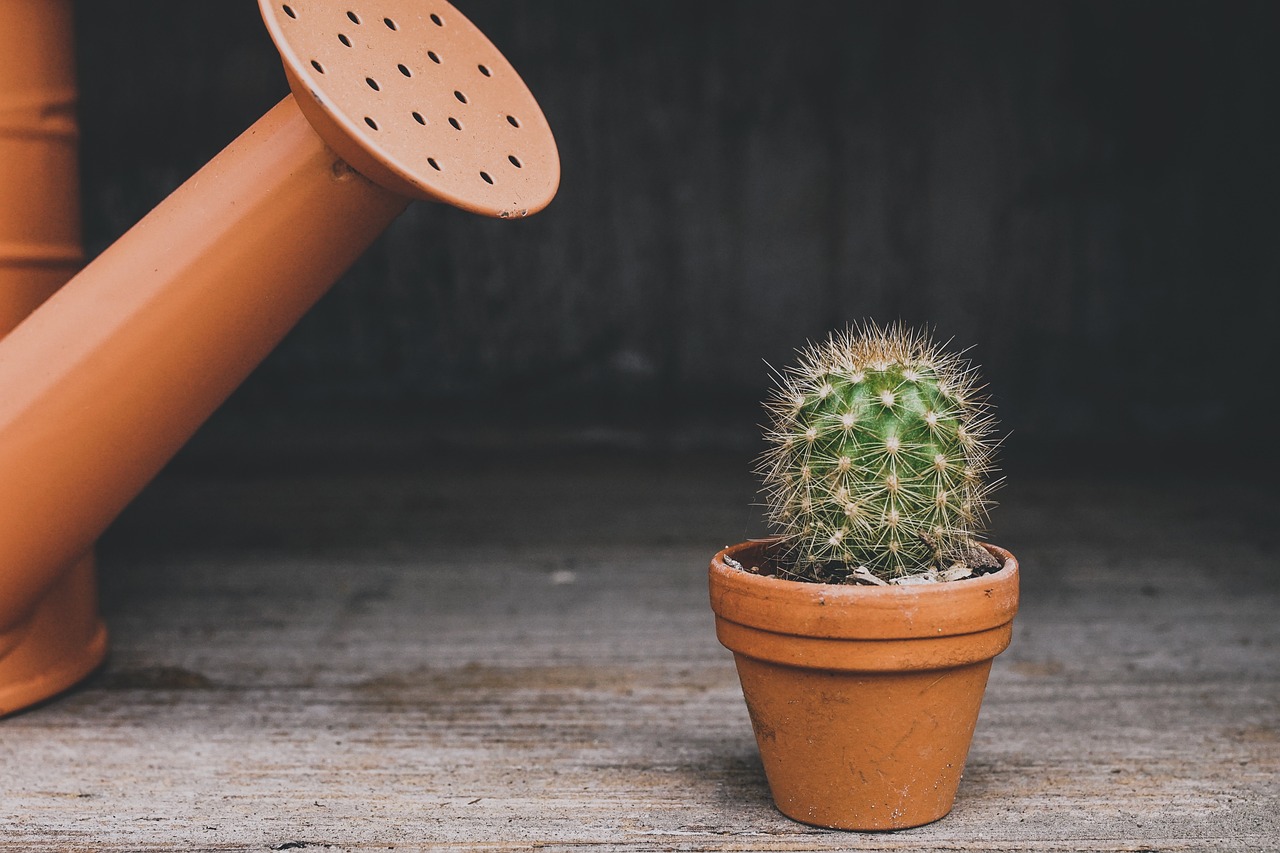
Iconic Plant Species
The Desert Southwest region of the United States is home to a plethora of iconic plant species that have come to symbolize the arid landscapes of this unique area. From the towering saguaro cactus to the resilient Joshua tree, these plants have not only adapted to survive in harsh desert conditions but have also become emblematic of the region's natural beauty.
One of the most recognizable plants in the Desert Southwest is the saguaro cactus, with its tall, branching arms reaching towards the sky. These majestic cacti can live for over 150 years and provide essential habitat for a variety of desert wildlife. Similarly, the Joshua tree, with its spiky leaves and distinctive shape, stands as a testament to the tenacity of life in arid environments.
Another notable plant species found in the region is the ocotillo, known for its long, spiny stems and vibrant red flowers. Despite appearing delicate, the ocotillo is a hardy plant that can survive extended periods of drought by quickly leafing out after rainfall. Additionally, the prickly pear cactus, with its flat, paddle-shaped stems and colorful fruits, is a common sight in the Desert Southwest, serving as both a food source and a symbol of resilience.

Endemic Plants of the Region
The Desert Southwest region of the United States is home to a variety of endemic plant species that are found exclusively in this unique environment. These plants have adapted over time to the arid conditions of the desert, developing specialized features that allow them to thrive in low-water environments. One such endemic plant is the Palo Verde tree, known for its green bark and small leaves that help reduce water loss through transpiration.
Another iconic endemic plant of the region is the Desert Marigold, a vibrant yellow flower that blooms in the harsh desert landscape, adding a splash of color to the arid surroundings. These plants play a crucial role in the local ecosystem, providing food and shelter for various desert wildlife species.
One of the most fascinating endemic plants found in the Desert Southwest is the Barrel Cactus, known for its distinctive barrel shape and ability to store water for long periods. This plant has evolved to survive in the extreme conditions of the desert, showcasing the resilience and adaptability of desert flora.
Endemic plants are essential to the biodiversity of the region, contributing to the overall health and stability of the desert ecosystem. Their unique characteristics and adaptations make them valuable subjects for scientific study and conservation efforts, ensuring their survival for future generations to appreciate and enjoy.

Medicinal and Cultural Uses
When it comes to the Desert Southwest, the plant life not only thrives in harsh arid conditions but also holds significant value in medicinal and cultural practices. Indigenous peoples have long revered the desert plants for their diverse uses beyond mere aesthetics. These plants are deeply intertwined with the cultural fabric of the region, serving as sources of traditional medicine, food, and spiritual significance.
One of the most iconic plants with medicinal properties is the saguaro cactus, known for its ability to provide relief from various ailments. The Native American tribes have used different parts of the saguaro for treating conditions such as diabetes, inflammation, and even as a source of hydration in times of scarcity. Similarly, the ocotillo plant, with its vibrant red flowers, has been utilized for its medicinal properties, including treating wounds, coughs, and digestive issues.
Furthermore, the Joshua tree holds a special place in the cultural practices of the Desert Southwest tribes. This unique tree has been used for its diverse medicinal benefits, ranging from treating skin conditions to providing material for crafting tools and baskets. The prickly pear cactus, with its succulent pads and colorful fruits, is another plant deeply ingrained in the cultural traditions of the region, offering both nutritional and medicinal value.
Exploring the desert flora reveals a treasure trove of plants with multifaceted uses. From the mesquite tree providing beans that are not only a food source but also used in traditional medicine, to the creosote bush known for its antimicrobial properties and role in ceremonial practices, each plant has a story to tell in the rich tapestry of the Desert Southwest's cultural heritage.
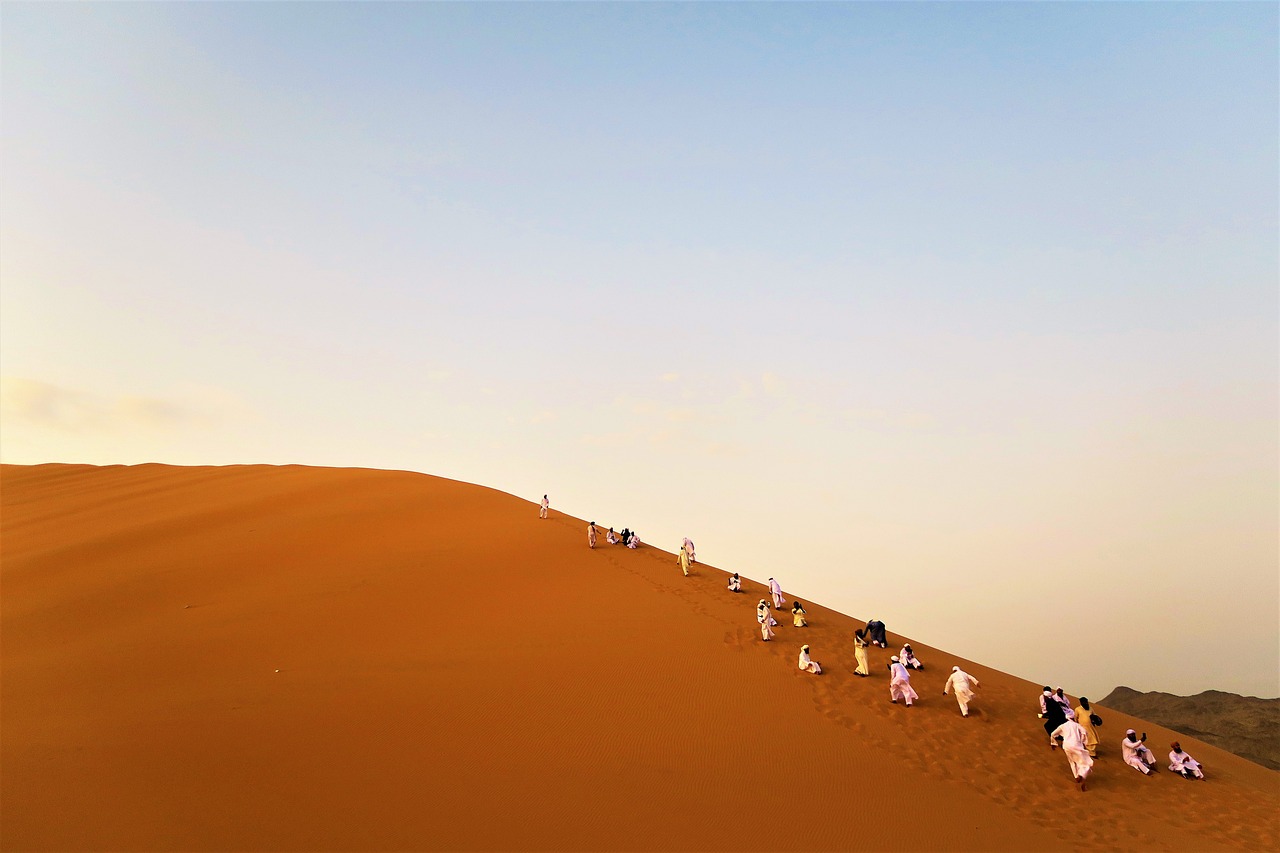
Threats to Desert Plant Life
When it comes to the unique flora of the Desert Southwest, there are various threats looming over the delicate balance of plant life in this arid region. One of the most significant challenges facing desert plants is habitat destruction. As urbanization and agriculture expand, natural habitats are being fragmented and destroyed, leading to the loss of crucial plant species.
Climate change also poses a severe threat to desert plant life. Rising temperatures, shifting precipitation patterns, and increased frequency of extreme weather events can disrupt the delicate ecosystems that these plants rely on to survive. As the climate changes, many plant species may struggle to adapt quickly enough to survive.
Invasive species are another major threat to the flora of the Desert Southwest. Non-native plants can outcompete and displace native species, disrupting the natural balance of the ecosystem. Invasive plants often have no natural predators in their new environment, allowing them to spread rapidly and outcompete native plants for resources.
Unsustainable harvesting practices, such as over-collection of wild plants for commercial purposes, can also put significant pressure on desert plant populations. Without proper regulation and management, these practices can lead to the depletion of important plant species, threatening the biodiversity of the region.
Overall, the combination of habitat destruction, climate change, invasive species, and unsustainable harvesting practices poses a serious risk to the unique flora of the Desert Southwest. Conservation efforts and initiatives are crucial to protecting these plants and ensuring their survival for future generations.

Conservation Efforts and Initiatives
Conservation efforts and initiatives play a crucial role in safeguarding the unique flora of the Desert Southwest. Various organizations and agencies are actively involved in preserving the delicate balance of the region's plant life. One notable initiative is the establishment of habitat restoration projects aimed at reclaiming degraded areas and promoting the growth of native plant species. These projects not only enhance biodiversity but also contribute to the overall health of the ecosystem.
Furthermore, seed banks have emerged as vital repositories for preserving the genetic diversity of desert plants. By collecting and storing seeds from a wide range of species, these banks serve as a safeguard against extinction and provide a valuable resource for future restoration efforts. Additionally, public awareness campaigns are instrumental in educating the community about the importance of conserving desert flora and the role individuals can play in protecting these valuable resources.
Collaborative efforts between governmental agencies, conservation groups, and local communities have led to the establishment of protected areas and nature reserves throughout the Desert Southwest. These designated sites not only serve as sanctuaries for rare and endangered plant species but also offer opportunities for research, education, and ecotourism. By promoting sustainable practices and responsible stewardship, these initiatives aim to ensure the long-term viability of desert flora for generations to come.
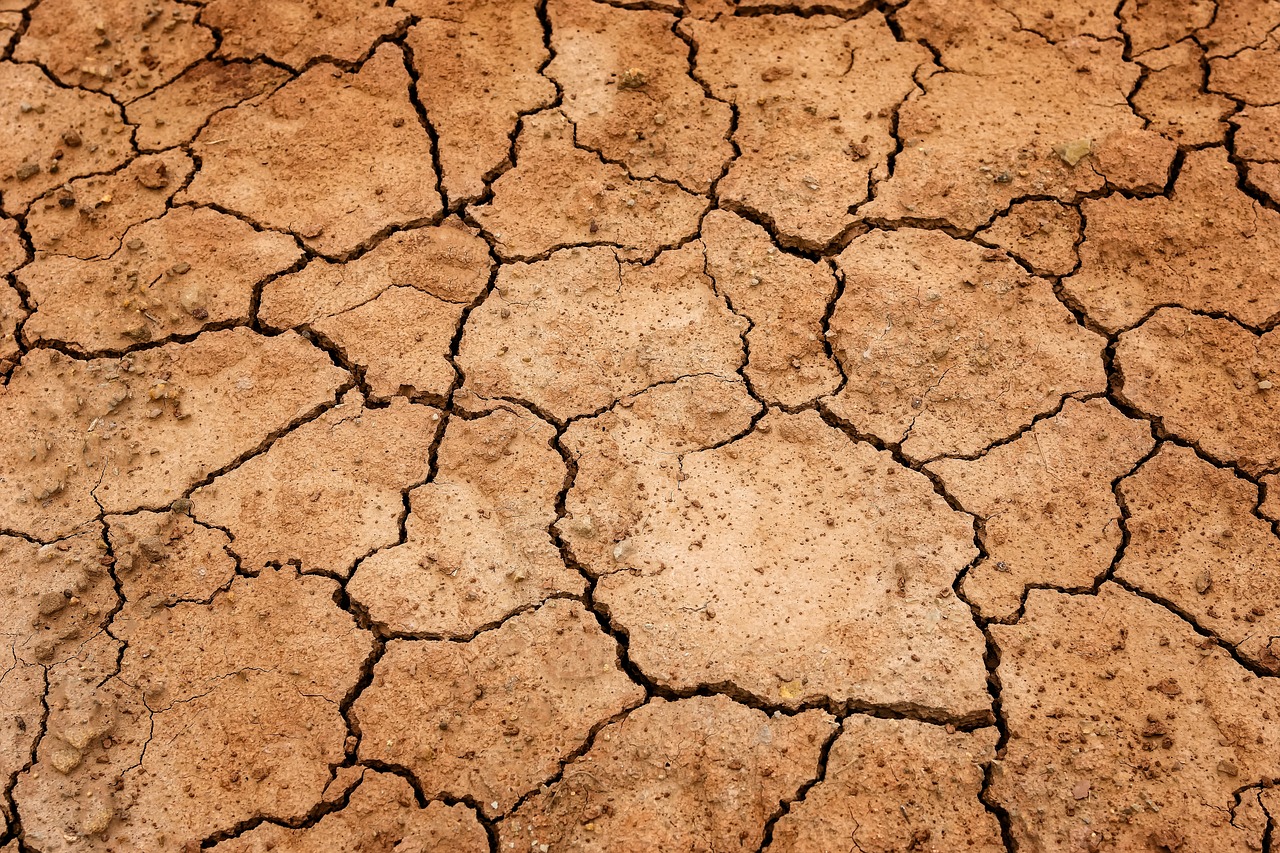
Botanical Gardens and Preserves
When exploring the unique flora of the Desert Southwest, one cannot overlook the significant role played by botanical gardens and nature preserves in preserving and showcasing the region's diverse plant life. These sanctuaries not only serve as havens for rare and endangered species but also as educational hubs for visitors eager to learn about the intricate beauty of desert plants.
Botanical gardens in the Desert Southwest, such as the Desert Botanical Garden in Phoenix, Arizona, and the Ethel M Botanical Cactus Garden in Nevada, offer a curated experience where visitors can marvel at a wide array of cacti, succulents, and other desert-adapted plants. These gardens not only display the beauty of the region's flora but also provide valuable insights into the importance of conservation and sustainable practices.
Nature preserves and protected areas, such as the Joshua Tree National Park in California and the Sonoran Desert National Monument in Arizona, play a crucial role in safeguarding the natural habitats of endemic plant species. By establishing these reserves, conservationists aim to protect fragile ecosystems and ensure the survival of rare plant species for future generations to appreciate.
Visiting botanical gardens and nature preserves in the Desert Southwest offers a unique opportunity to witness the resilience and beauty of desert flora up close. From towering saguaros to delicate wildflowers, these protected areas serve as living museums that highlight the intricate relationships between plants, animals, and the environment.
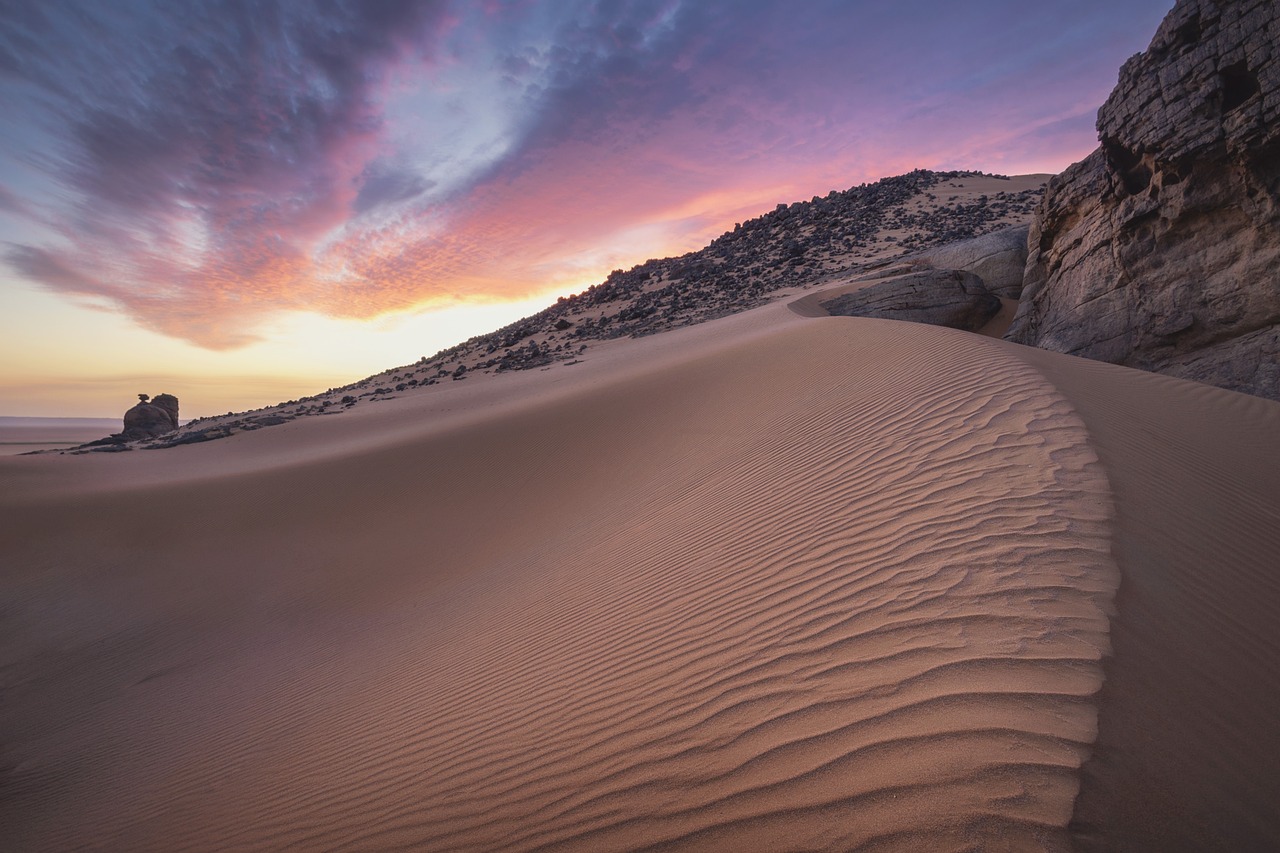
Future Prospects for Desert Flora
Looking ahead to the future of desert flora in the Southwest region, it is crucial to consider the environmental challenges that these unique plants face. With climate change posing a significant threat to the delicate balance of arid ecosystems, the prospects for desert flora hinge on sustainable practices and conservation efforts.
As temperatures rise and precipitation patterns shift, desert plants must adapt to survive in increasingly harsh conditions. The implementation of water-efficient irrigation systems, habitat restoration projects, and the protection of critical plant habitats are essential for ensuring the long-term viability of desert flora.
Furthermore, promoting public awareness about the importance of preserving desert plant species is key to garnering support for conservation initiatives. By engaging local communities, educational institutions, and government agencies, we can work together to safeguard the rich biodiversity of the Desert Southwest for future generations.
Collaborative research efforts between botanists, conservationists, and Indigenous communities are also instrumental in developing innovative strategies for protecting endemic plant species. By sharing traditional knowledge and modern scientific techniques, we can enhance our understanding of desert flora and implement effective conservation measures.
Ultimately, the future prospects for desert flora in the Southwest depend on our collective commitment to stewardship and sustainability. By embracing a holistic approach to conservation that integrates scientific research, community engagement, and policy advocacy, we can ensure that these remarkable plants continue to thrive in the face of environmental challenges.
Frequently Asked Questions
- What are some common adaptations of plants in the Desert Southwest?
Plants in the Desert Southwest have evolved various adaptations to survive in arid environments. Some common adaptations include succulence, where plants store water in their tissues, deep root systems to access underground water sources, and drought tolerance to withstand long periods without rain.
- Which plant species are considered iconic in the Desert Southwest?
Iconic plant species in the Desert Southwest include the majestic saguaro cactus, the unique Joshua tree, the striking ocotillo with its long, spiny stems, and the resilient prickly pear cactus. These plants symbolize the beauty and resilience of the region's flora.
- What are some threats to the plant life in the Desert Southwest?
The plant life in the Desert Southwest faces various threats, including habitat destruction due to urbanization and agriculture, climate change leading to altered growing conditions, invasive species outcompeting native plants, and unsustainable harvesting practices for commercial purposes.
- How can individuals contribute to the conservation of desert plant species?
Individuals can contribute to the conservation of desert plant species by supporting habitat restoration projects, avoiding the purchase of products derived from endangered plants, participating in local conservation initiatives, and spreading awareness about the importance of preserving the unique flora of the Desert Southwest.



